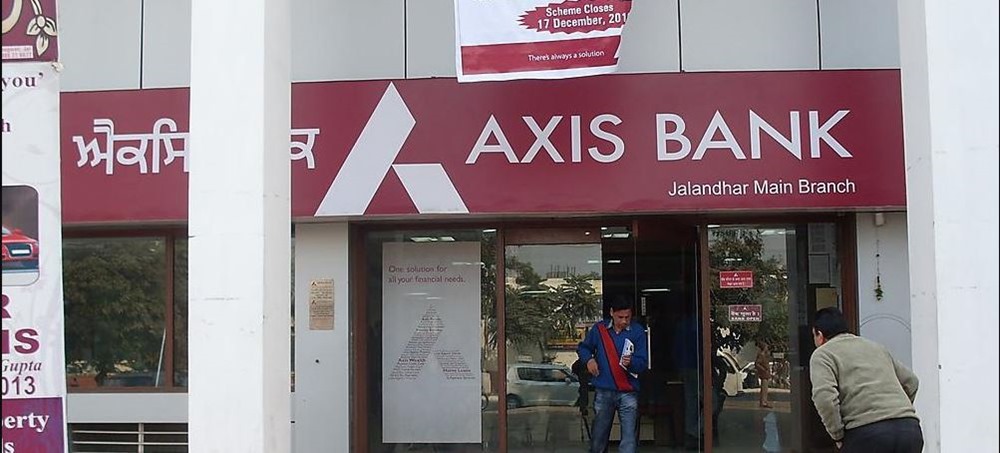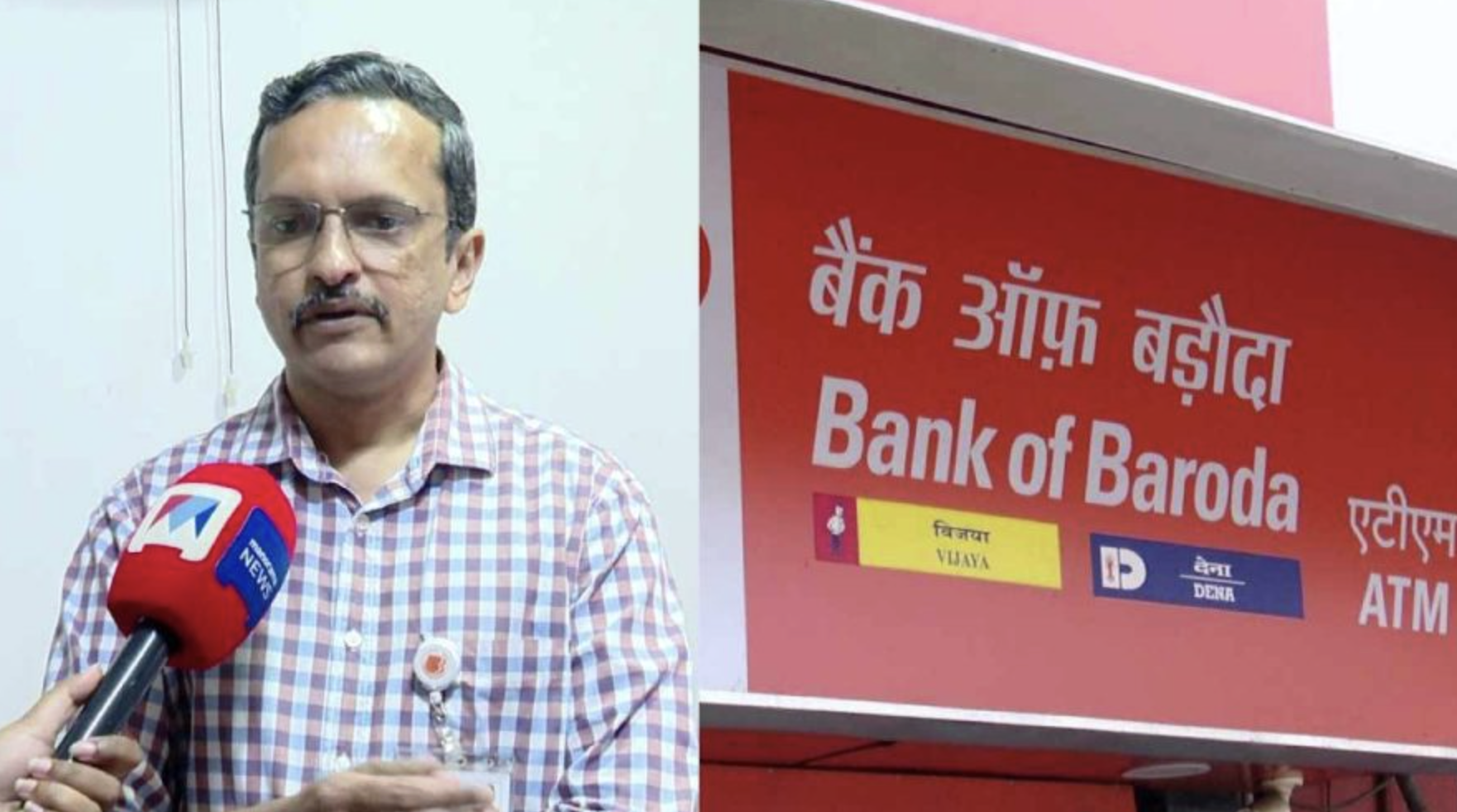Australia has recently announced a substantial increase in student visa fees, more than doubling the cost from AU$710 to AU$1,600. This move, aimed at curbing migration and restoring integrity to the international education sector, is expected to significantly impact Indian students, who constitute the second largest group of international students in Australia.

Increased Visa Fees and Their Rationale
The Australian government’s decision to hike the student visa fees comes with a clear objective: to curb migration and restore integrity in the international education system. Home Minister Clare O’Neil stated that the changes are designed to create a migration system that is fairer, smaller, and more effective for Australia. The increased fees are also intended to fund several initiatives in education and migration, reflecting the growing value of education in Australia.
Impact on Indian Students
India remains a major source country for international students in Australia, with 122,391 Indian students enrolled between January and September 2023. The doubling of visa fees is expected to have a significant financial impact on these students and their families, potentially deterring new applicants and affecting the overall number of Indian students pursuing education in Australia.
Recent Measures to Curb Migration
In addition to the visa fee hike, the Australian government has implemented several measures to curb migration and prevent the misuse of student visas:
- Shortened Duration of Temporary Graduate Visas: This change reduces the length of stay for graduates on temporary visas.
- Reduced Age Eligibility: The age limit for visa applicants has been lowered.
- Ending “Visa Hopping”: Loopholes allowing continuous extensions of stay through successive temporary visas have been closed.
- Work Hour Restrictions: The temporary relaxation of work-hour restrictions for student visa holders was ended in June 2023. Students are now limited to 48 work hours per fortnight while studying.
Funding Education and Migration Initiatives
The additional revenue from increased visa fees will support several key initiatives:
- Vocational Education and Training: Financial support for apprentices and their employers.
- Migration Strategy Implementation: Funding measures to enhance Australia’s migration strategy.
- Temporary Skilled Migration Income Threshold (TSMIT): The threshold has been increased from AU$70,000 to AU$73,150, marking the second increase under the Albanese government after it was frozen at AU$53,900 for a decade.
Conclusion
The doubling of student visa fees in Australia marks a significant shift in the country’s approach to international education and migration. While aimed at curbing misuse and restoring integrity, the financial burden on Indian students could lead to a decrease in enrolments from one of Australia’s largest source countries. The increased fees are part of broader reforms intended to support education and migration initiatives, reflecting the government’s commitment to a fair and effective system.













